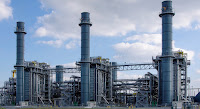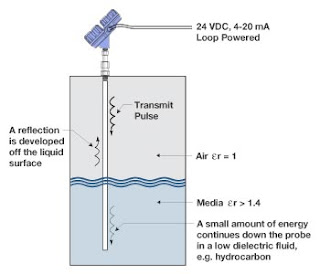A common type of industrial valve is the gate valve. It regulates fluid flow by sliding a round or rectangular wedge, known as the gate or disc, in the flow path of the fluid. When the gate is fully retracted from the fluid path, flow is enabled to its fullest. Gate valves close by sliding the gate, which is commonly attached to a threaded shaft of other similar mechanism, into the path of the flow until it is fully obstructed. It is the movement of the gate, combined with the way in which a gate valve is constructed, that attributes this valve class with its positive and negative values.
Positives for gate valves:
- When fully open, there is low resistance to fluid flow. The opening in the valve tends to mimic the cross sectional characteristics of connected piping and fluid can flow through the valve without a directional change.
- Changing the gate position (opening or closing the valve) does not require as much force or power as some other valve types, due to the gate movement being perpendicular to the flow direction.
- Gate valves work in both directions. The flow in the connected line can be reversed and the valve function is unimpaired.
- The gate valve assembly tends to be shorter in length along the path of flow than some other designs.
- The rate of closure is generally slow, providing a graduated reduction in fluid movement and reduced physical shock to the piping system.
 |
| Gate Valves in Process Pipeline |
“Not so positives” for gate valves:
- When the valve is open, the seals are exposed to the fluid flow. Foreign material, even elements of the process fluid, can deteriorate or contaminate the seals and impact the sealing of the valve when closed.
- The gate valve opens at a comparatively slow rate, making it unsuitable for applications that may require rapid or immediate shutoff.
- The service and maintenance space requirements, often extending overhead of the valve, can be substantial and may impact the ability to locate the assembly where desired.
- Gate valves are not well suited for throttling fluid flow. Fluid flow through a partially open valve of this type may cause the gate to vibrate.
There are certainly more elements involved in proper valve selection than are shown here, but this quick check may help you focus on gate valves or another technology for further consideration. It is always beneficial to bring in experts and those with experience to participate in the selection process.


